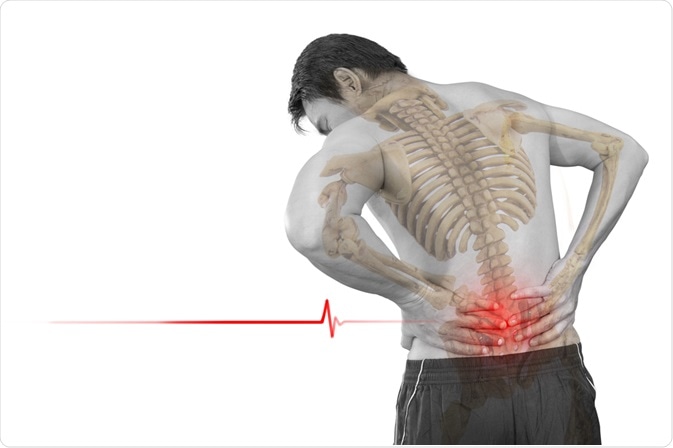Are you one of the many individuals who suffer from middle back pain? This type of discomfort can be incredibly frustrating and debilitating, impacting your daily life in various ways. Understanding the causes of middle back pain is the first step in finding effective solutions to alleviate your symptoms and improve your overall quality of life. In this article, we will delve into the common triggers of middle back pain and explore some potential treatments to help you find relief.
Causes of Middle Back Pain
1. Poor Posture
- Slouching or hunching over for extended periods can strain the muscles and ligaments in the middle back, leading to pain and discomfort.
- Sitting improperly at a desk or on a couch can also contribute to poor posture and middle back pain.
2. Muscle Strain
- Engaging in activities that require repetitive motions or heavy lifting can strain the muscles in the middle back, causing pain.
- Sudden movements or awkward positions can also result in muscle strain and middle back discomfort.
3. Herniated Disc
- A herniated disc in the middle back can put pressure on nearby nerves, leading to sharp pain, numbness, or tingling sensations.
- This condition can be caused by age-related wear and tear, injury, or improper lifting techniques.
4. Osteoarthritis
- Osteoarthritis can affect the joints in the middle back, causing stiffness, pain, and limited range of motion.
- This degenerative condition is more common in older adults but can also occur as a result of injury or overuse.
Treatment Options for Middle Back Pain
1. Physical Therapy
- Physical therapy exercises can help strengthen the muscles in the middle back and improve flexibility, reducing pain and discomfort.
- A physical therapist can also provide guidance on proper posture and body mechanics to prevent future episodes of middle back pain.
2. Medications
- Over-the-counter pain relievers, such as ibuprofen or acetaminophen, can help alleviate middle back pain caused by muscle strain or inflammation.
- In some cases, prescription medications may be recommended to manage more severe pain or underlying conditions.
3. Injections
- Epidural steroid injections can be used to reduce inflammation and relieve pain in the middle back for individuals with conditions such as herniated discs or arthritis.
- This treatment is administered by a healthcare provider and can provide long-lasting relief for some patients.
4. Heat and Cold Therapy
- Applying heat pads or warm compresses to the middle back can help relax muscles and improve blood flow, reducing pain and stiffness.
- Cold therapy, such as ice packs, can help numb the area and reduce inflammation, particularly after an acute injury.
5. Lifestyle Modifications
- Improving posture, maintaining a healthy weight, and staying active can all contribute to reducing middle back pain and preventing future episodes.
- Avoiding prolonged sitting or standing, as well as incorporating regular stretching into your routine, can also help alleviate discomfort.
Conclusion
Middle back pain can be a challenging condition to manage, but with the right approach, it is possible to find relief and improve your quality of life. By understanding the common causes of middle back pain, you can take proactive steps to address the underlying issues and explore treatment options that work best for you. Whether through physical therapy, medication, injections, or lifestyle modifications, there are solutions available to help you crack the code on middle back pain and reclaim your comfort and mobility.
